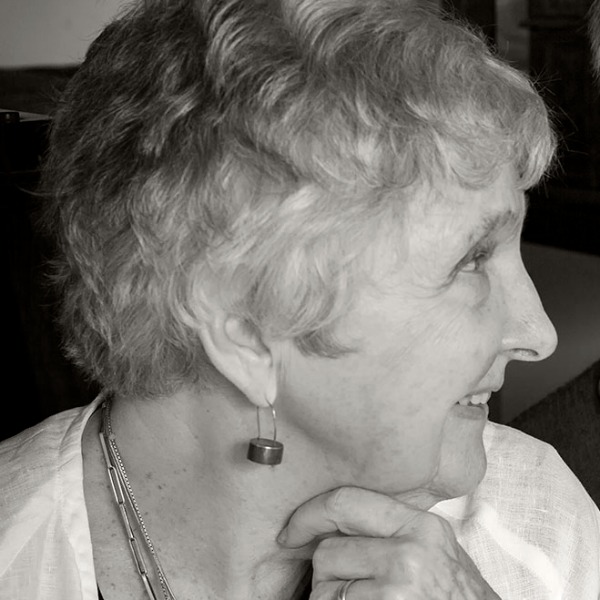This year I learned a great deal about medical care, as my husband lay dying. What I learned was disheartening. He was older–probably one would call him elderly–but he had a spirit that was youthful, though he suffered from at least one disease that was almost completely unrecognized with years of visits to doctors and clinics. This year he had a complication that is, apparently, very frequent in older patients—-a urinary tract infection. He was septic, which in many cases affects the brain, I learned. It knocked him for a loop, from which he did not recover.
Lack of diagnosis was one thing. Lack of continuity of care, another. I learned it is was impossible to have “his” doctor see him through this dreadful journey. I learned about hospitalists—doctors of various degrees of experience who have never seen the patient before, have no chance to develop any understanding of the person who is the patient, and who are the gatekeepers at hospitals these days. They may be excellent doctors—who knows? They interrupt what is already a difficult path to continuity of care, and once the patient leaves the hospital they will likely never see the patient again. Like all of us, they make mistakes, but they really do not have to face the consequences of a misdiagnosed stranger who is spirited away to live or die under the care of some other doctor who may or may not be acquainted with the patient. It is not an easy picture, and is widespread. Why and what can we do about it?
As the population ages–and this is a retirement town–the frustrating experience with hospitalists and lack of continuous care will become more common. The community and our loved ones deserve better.























